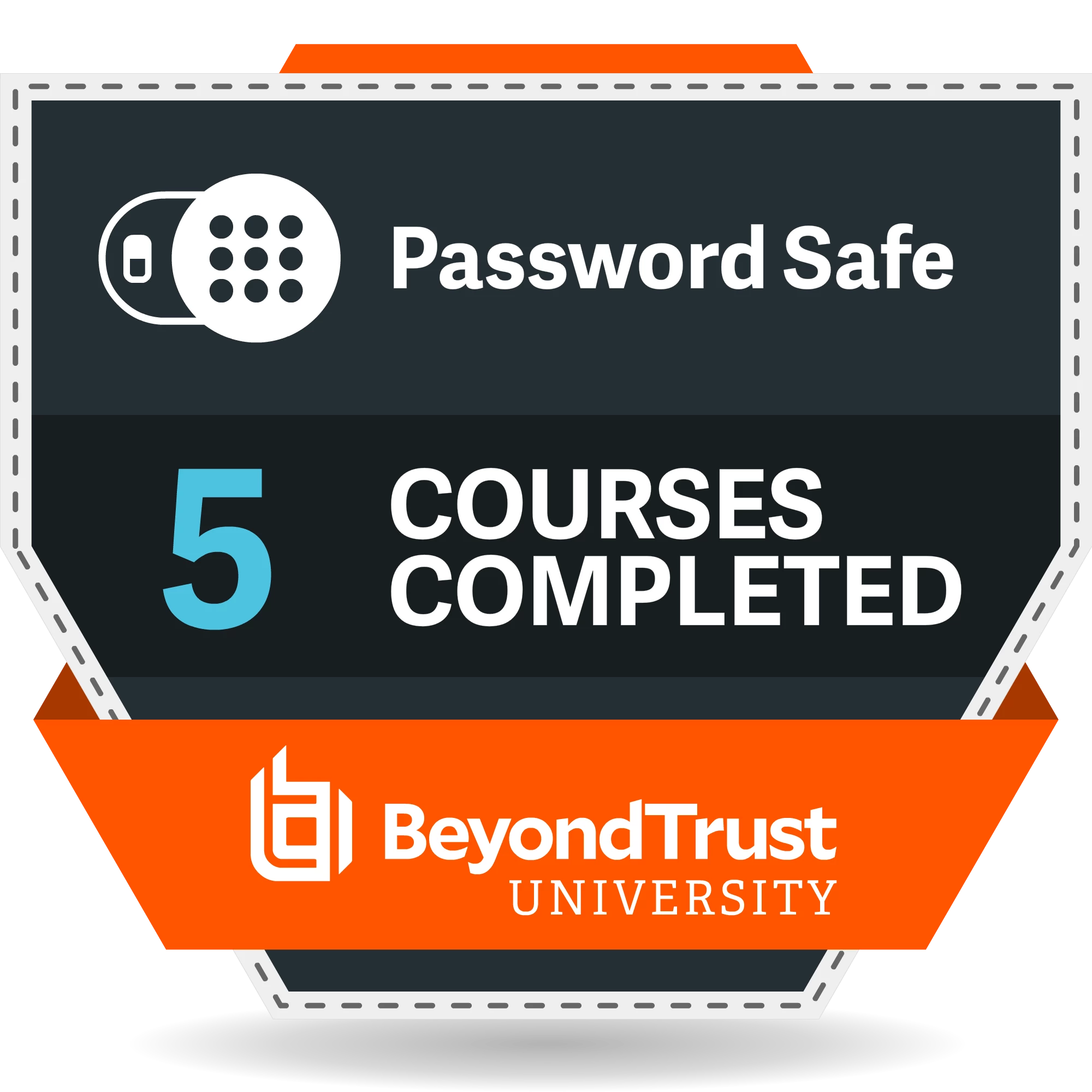HELP. We have the on prem Bomgar setup. We also have computers that are on our LAN that are LOCKED DOWN. These PCs have full access to the Bomgar server in our DMZ. These PCs do not have Internet Access. Internet Access is blocked for these PCs. When Internet is blocked, we cannot manage these PCs over Bomgar. As soon as we open up Internet, we can manage the PCs. Here’s the other thing, we can enable internet access, jump to the PC, disable internet access, and we still have the remote access session up without issue. There has to be some sort of internet check in that is happening for these PCs that is required. Is there a way to manually add these PCs into Bomgar and not worry about this “phone home” check in that is happening?
Thanks.







